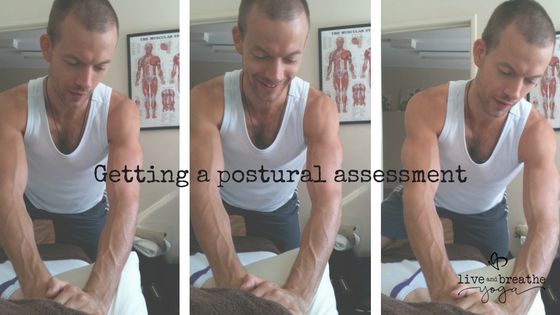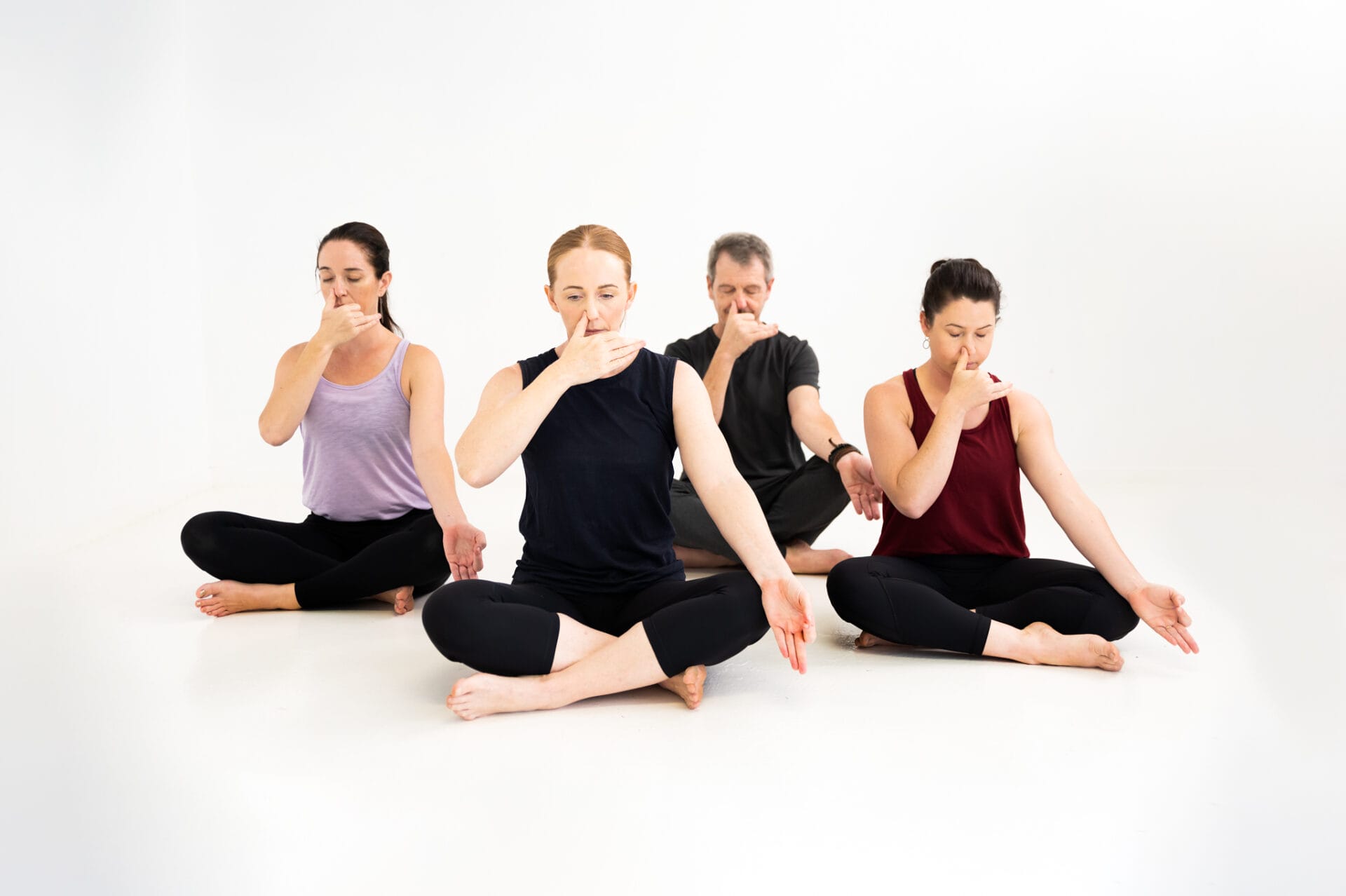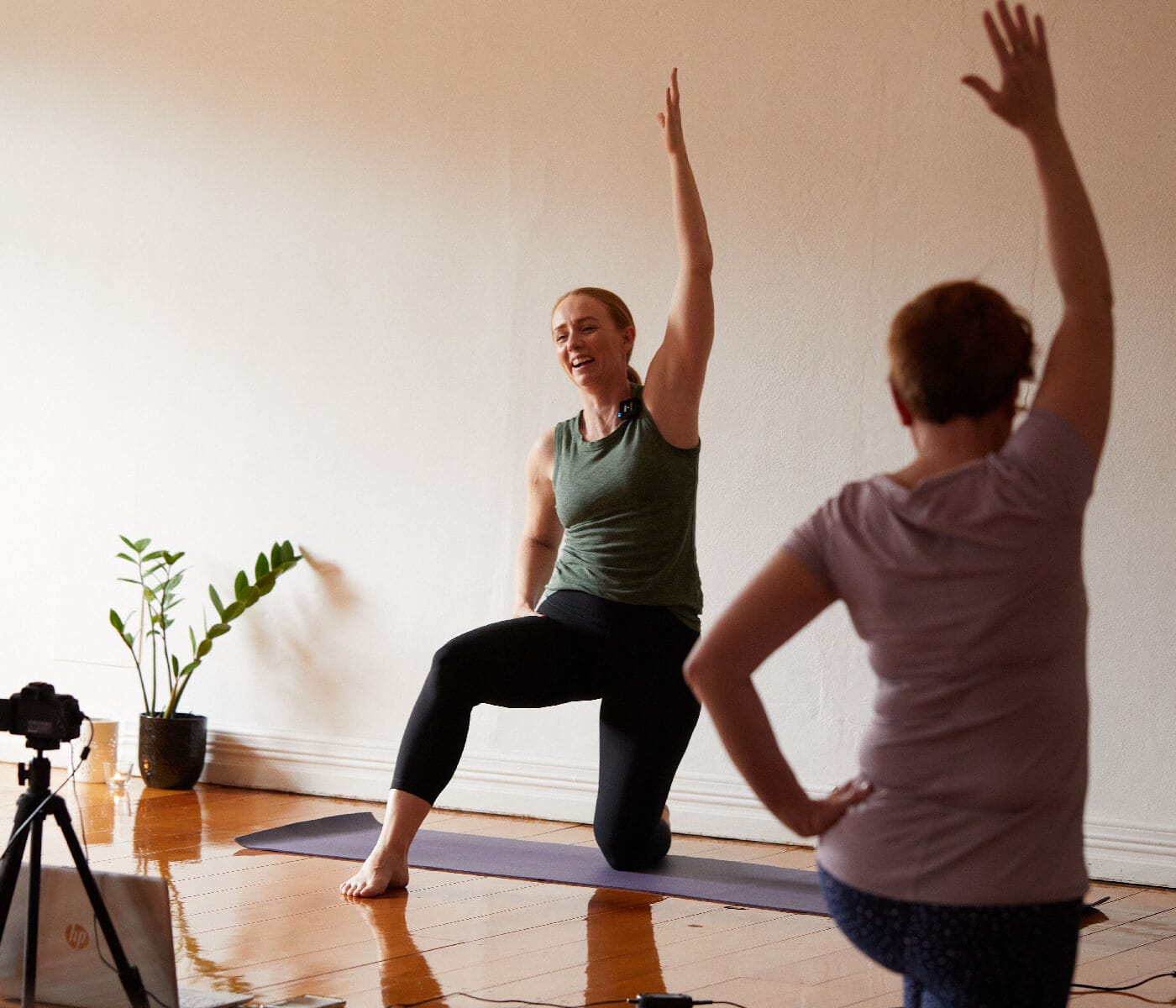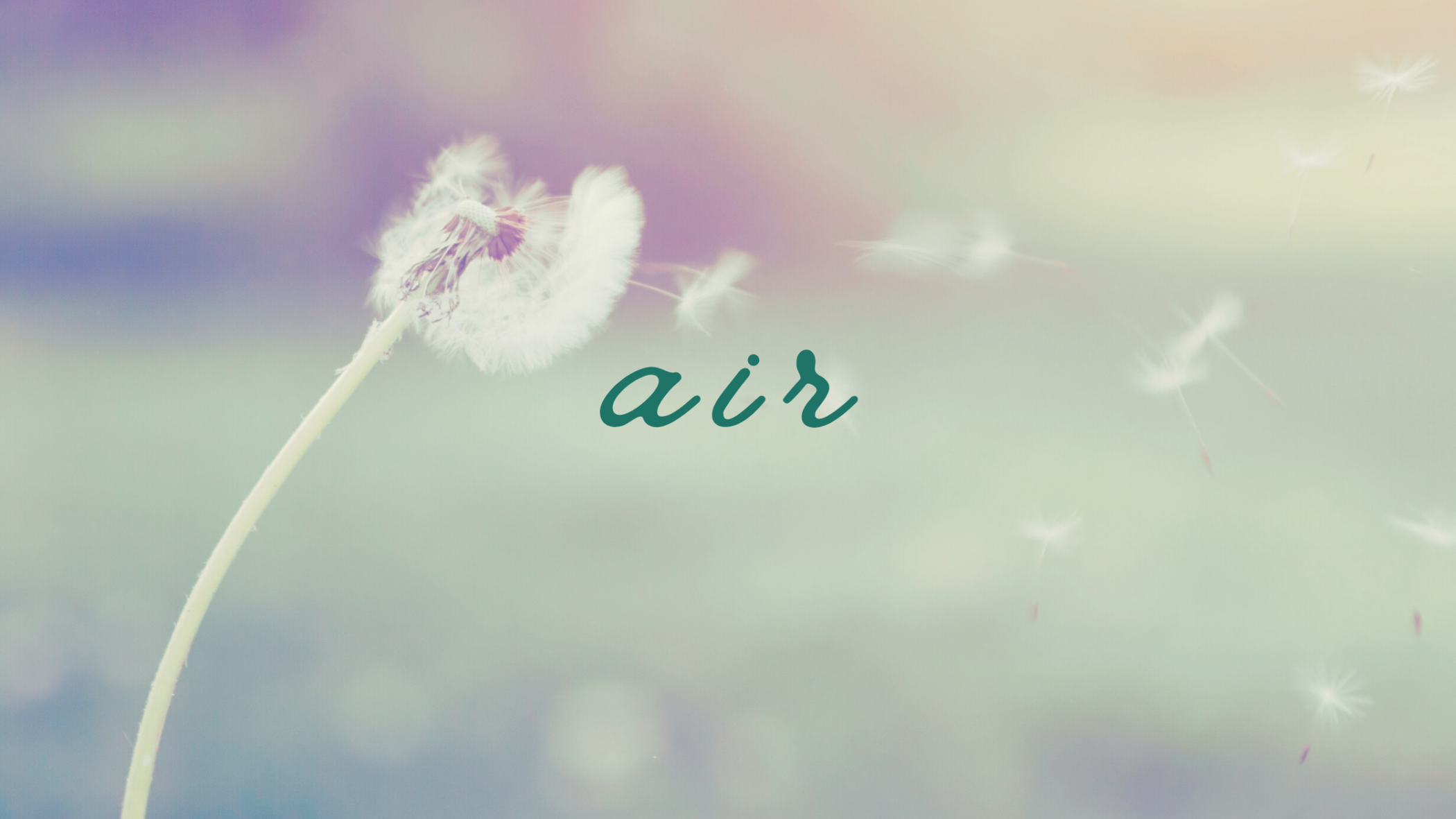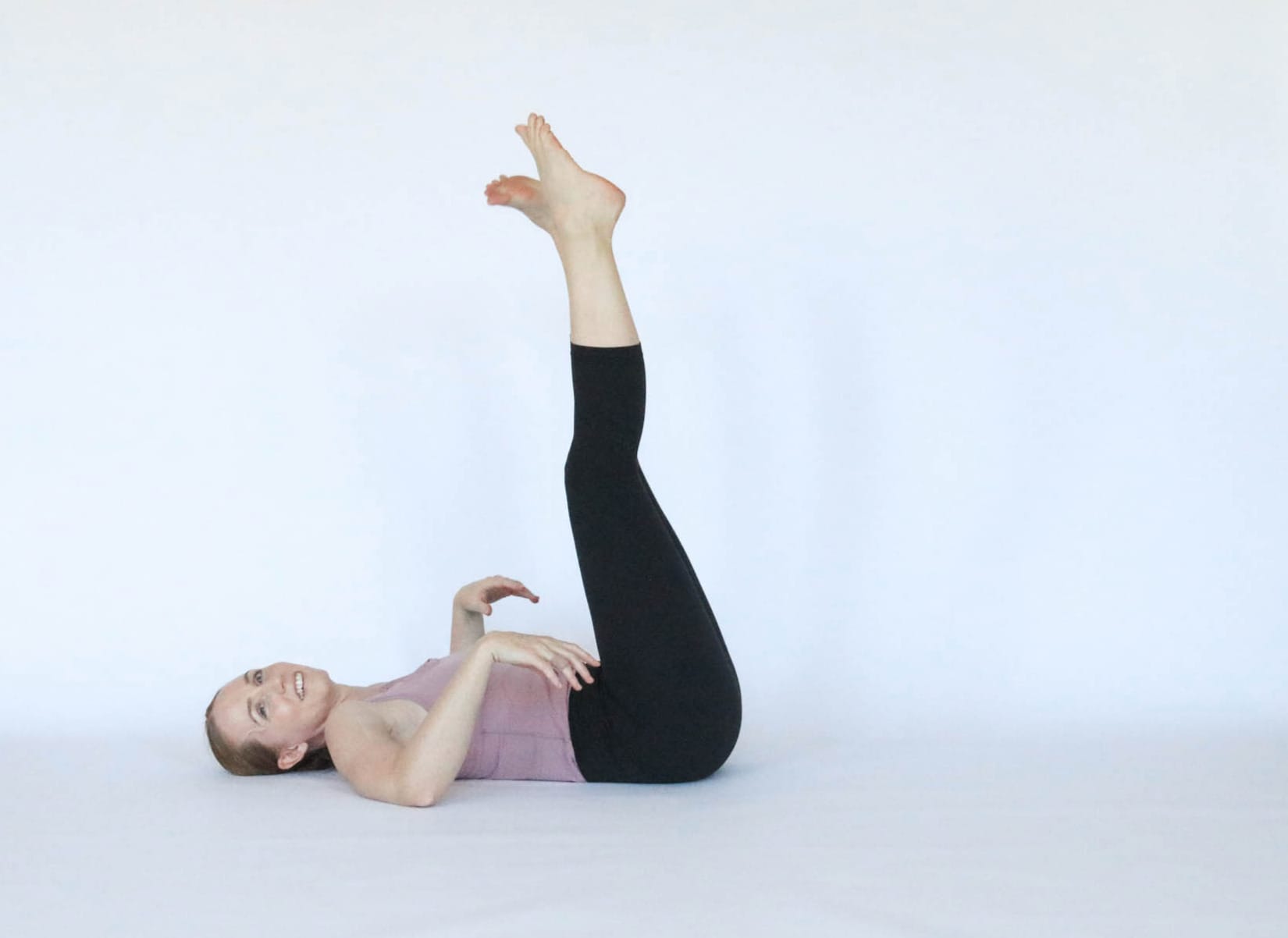This past 2 years I have been in a lot pain. I was in a pretty serious car accident about 18 years ago as most of you know. My recovery is what started me into yoga and I am thankful for my yoga practice for making it almost unnoticeable how serious the injuries had affected my physical capabilities. Who would have thought almost two decades later, that breastfeeding Elsie would be the thing to bring it all back up to the surface! I found it almost impossible to have good posture when I was breastfeeding, especially when it was every two hours in the middle of the night for about 18 months! My right shoulder underwent some serious trauma and several surgeries after the accident however I had thought I had pretty much gotten to a pain free place and the joint was moving in the best way it could considering the history. I’ve been using my yoga practice (like I always do) to correct alignment issues, reduce pain and increase strength and mobility however now it just wasn’t enough. I saw my physiotherapist to get a diagnosis then had osteopathy, acupuncture and massage for treatment which all made a massive difference to the pain. However I decided I needed to get specific strengthening and lengthening exercises to really solve the problem, which was now beyond chronic. I knew what needed to happen but I needed help from someone who was the expert in how to make that happen. It was time for me to see Harry for a full postural assessment and rehabilitation program. Harry has been treating my shoulder with myofacial release massage (which is the best treatment I have found over the years for helping pain management) and along with my yoga practice has pretty much kept me in good shape. But I now I needed more help with some specifics.
Connecting the dots
The initial postural assessment was very interesting as it was great to see how I fared in all different movement tests. I came to the session with a chronically bad shoulder, weak and unstable knee (another very old injury), and random sciatica leftover from pregnancy and giving birth. Harry’s knowledge, expertise, positivity and commitment to helping me move better and feel great was refreshing. I’ve seen a lot of ‘professionals’ over the years and most of the time I leave feeling worse that when I went in – not physically but emotionally. I’ve been told I’m too old for yoga, too broken to do the things I want to do and my posture is in need of so much ‘work’ that I need to be completely overhauled and see the entire team of experts to make it right. Harry’s attitude is different. He tirelessly works out what is going on specifically for you and then tailors his treatment using massage, strengthening exercise and yoga postures. To have someone believe that I can get better is so important for me. I need someone to work with me so that I can do all the things I want to do. And when he gives the exercises, he shows you how to do them and then makes sure you do it correctly – he doesn’t just hand them to you on a piece of paper and send you off. He uses the Mysore style approach that we do in ashtanga yoga to continuously monitor and adjust your posture and movement patterns. He connects the dots within your entire body and then links them up with a fully integrated plan that will evolve as you do. He picks up on things that you didn’t even know were there, treats you as a whole and then shows you how to do it for yourself – all very empowering.
I have to say that within one week of doing the things he came up with for me, I have almost no pain, more strength and better mobility in my shoulder and my knee feels more stable than it has in a long time. The sciatica is still random but a lot less frequent.
Harry’s verdict
Allison wanted a full assessment of her posture, something we’d never done in 10 years. She was having trouble with her old car crash injury in her right shoulder, after 18 months of breast feeding had brought back some serious pain. Of course that can’t exist in isolation, so her neck, spine and hips were showing some strain as well.
My full posture and movement assessment at Spark Movement Studio takes around an hour. I looked at Al’s static posture from all sides against a vertical string, and then dynamic stability as she performed seven movements. The moving part of the assessment often confirms what shows up against the string, as any misalignment tends to be amplified when you start moving.
Static posture
Standing still, it was clear that Al’s right shoulder was being rotated and dragged down and forwards by a combination of muscle tension imbalances. Her front neck muscles on that side were really working hard too, in fact her head was sitting around an inch forwards of where it should be for easy balanced posture. This is pretty common, in fact I’d say the average head I see in my treatment room is at least 2 inches too far forwards. Every inch forwards adds more load (equal to 100% of your head’s weight) to the muscles of your neck and upper back.)
There was also a clear rotation in her body that started in her hips, turning her hips and everything above them slightly clockwise. Of course your brain is smart, so it creates a counter-twist further up to bring everything straight again, but there was still a clockwise rotation visible at the shoulders, which means of course that there must be a slight anti-clockwise twist in the neck to get the head and eyes pointing straight ahead.
Movement quality
Al was the first person I’ve seen in 10 years who could score 3 out of 3 on an overhead squat, and she got the same score for a lunge and for her hamstring flexibility, surprise!
Her shoulder mobility test scored 2 out of 3 … although she got 3 in one direction, she only got the other way because her right shoulder can’t turn in the way without all her tight muscles locking down and preventing movement. The shoulder also lost her another 3 points out of 4 later when it couldn’t really bear weight comfortably.
The other obvious lack of strength and stability was when she stood on one leg, trying to step over a hurdle. When you lift a knee high, your hips should stay fairly straight. Most people I see, the unsupported side of the pelvis drops down, which puts a ton of strain on the standing hip and knee, and through the discs etc in the lower back as it twists. Al scored 2 out of 3 as her hip dropped a bit, which usually indicated a lack of strength in the various muscles of your glutes (bum), particularly the ones on the outside of your hip.
Sorting it out
Al was already working hard to free her shoulder, rolling it with a ball and hanging in doorways all over the house. All I had to do was point out some more precise points to roll, and then show her some specific strengthening exercises to bring it closer to its optimal alignment. The glutes are almost easy … they love to work, but we all know if you don’t use something your nervous system gives it less and less signal. Some targeted strengthening exercises will engage the outer glutes and stabilise the hip in movement.
I also taught Al my new secret exercise to strengthen a big, poorly-understood hip flexor that lives under your abs. The ‘psoas’ is the direct opposite muscle to your glutes, so if it’s short and tight, no amount of bum strengthening will completely fix things. You need to strengthen the psoas too, so that your nervous system knows the hip is protected and it can give full power to your glutes.
The great thing about starting at the hips is that your nervous system recruits muscles from the centre of your body outwards. For an Ashtanga practitioner that should make perfect sense – your bandhas (pelvic floor and belly) are the source of your movement on (and eventually off) the mat. Somehow the yogis figured that out ages ago, but it’s been proven in labs that those muscles should fire 100 and 50 milliseconds before any other muscle in the sequence, and then you recruit muscles sequentially outwards from there.
If the muscles near the middle are out of their optimal sequence, everything that happens after that is going to be increasingly off-message. So if we can get the psoas and glutes well-connected to the brain so they receive the signals they’re being sent, and can act on them strongly, everything else will work a bit better.
Even if Al was only ever to practice the initial exercise program I wrote for her, the benefits should flow ‘downstream’ to her knees and ankles, and outward to her ribcage and shoulders.
Now it’s your turn
Harry has written a great post on fascia and yoga here. If you would like to book an initial assessment and movement plan with Harry go here. He’s offering a special and a few bonuses for all the yoga students in October.

